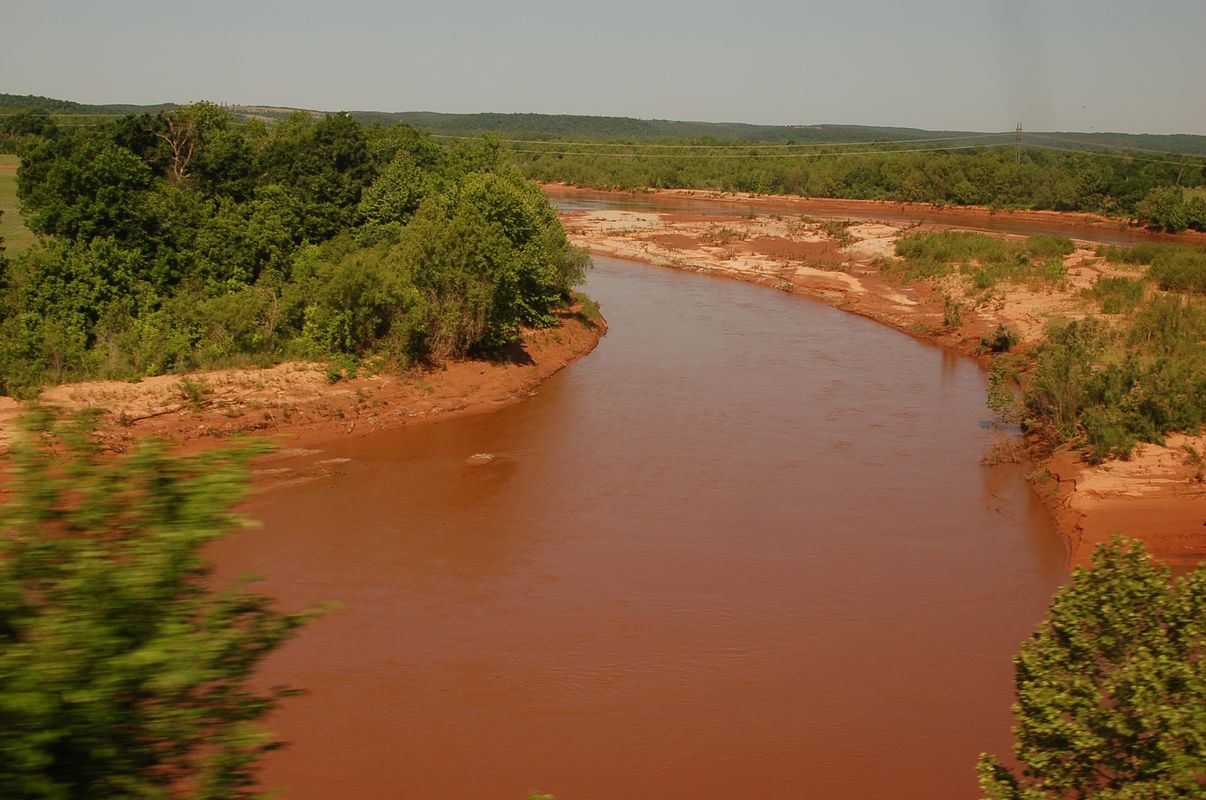Secrets Of Oklahoma’s Washita River Trading Routes

Have you ever wondered about the Washita River trading routes in Oklahoma? These routes played a crucial role in the history of the region, connecting various Native American tribes and early settlers. The Washita River, stretching over 300 miles, served as a natural highway for trade and communication. Canoes loaded with goods like furs, tools, and food navigated its waters, fostering economic and cultural exchanges. Today, exploring these historic routes offers a glimpse into the past, revealing stories of resilience, cooperation, and survival. Whether you're a history buff or just curious, the Washita River's trading routes hold many secrets waiting to be discovered.
The Historical Significance of the Washita River
The Washita River, winding through Oklahoma, has been a lifeline for trade and travel for centuries. Its waters have seen the passage of Native American tribes, European explorers, and early settlers. Let's dive into some key trading routes along this historic river.
Key Trading Posts Along the Washita River
Fort Cobb
- Established in 1859, Fort Cobb served as a critical military and trading post. It provided supplies and protection for settlers and traders navigating the Washita River. The fort's strategic location made it a bustling hub of activity.
Anadarko
- Anadarko, named after the Nadaco tribe, became a prominent trading center in the late 19th century. Traders exchanged goods like furs, tools, and food supplies. The town's rich cultural heritage still echoes the vibrant trade that once flourished here.
Fort Washita
- Built in 1842, Fort Washita was a vital outpost for the U.S. Army. It protected the Chickasaw and Choctaw Nations and facilitated trade between Native Americans and settlers. The fort's ruins now stand as a testament to its historical importance.
Natural Resources and Trade Goods
The Washita River's fertile banks provided abundant resources that fueled trade. Let's explore some of the key goods traded along its routes.
Furs and Pelts
- Native American tribes and early trappers traded furs and pelts, which were highly valued in European markets. Beaver, deer, and buffalo hides were among the most sought-after items.
Agricultural Products
- The river's fertile soil supported the cultivation of crops like corn, beans, and squash. These agricultural products were essential for sustenance and trade, forming the backbone of local economies.
Minerals and Salt
- The Washita River region was rich in minerals and salt deposits. These resources were crucial for preserving food and were traded extensively among tribes and settlers.
The Role of Native American Tribes
Native American tribes played a pivotal role in the trade networks along the Washita River. Their knowledge of the land and resources was invaluable.
The Comanche
- The Comanche, known for their horsemanship, controlled vast territories along the Washita River. They traded horses, buffalo hides, and other goods with neighboring tribes and settlers.
The Kiowa
- The Kiowa tribe, skilled hunters and traders, exchanged goods like bison meat, hides, and crafted items. Their trading networks extended far beyond the Washita River region.
The Chickasaw and Choctaw
- These tribes, relocated to the Washita River area during the Trail of Tears, adapted quickly to their new environment. They engaged in trade with settlers, exchanging agricultural products, crafts, and other goods.
Modern-Day Echoes of Historical Trade
Today, the legacy of the Washita River's trading routes can still be felt. Modern towns and cities along the river continue to celebrate their rich history through festivals, museums, and cultural events.
Chickasha
- Chickasha, a vibrant city along the Washita River, hosts annual events that celebrate its historical roots. The city's museums and cultural centers offer glimpses into the past, showcasing artifacts and stories from the trading era.
Pauls Valley
- Pauls Valley, known for its charming downtown, preserves its historical heritage through local museums and festivals. The Washita River's influence on the town's development is evident in its architecture and community spirit.
Duncan
- Duncan, a thriving city, embraces its history with pride. The Chisholm Trail Heritage Center and local events highlight the significance of the Washita River in shaping the region's trade and culture.
The Legacy of Washita River Trading Routes
The Washita River trading routes hold a rich history that shaped Oklahoma's development. These paths were vital for trade, connecting various communities and fostering economic growth. Traders exchanged goods like furs, tools, and food, creating a bustling network of commerce. The river itself served as a natural highway, making travel and transport easier.
Today, remnants of these routes remind us of the past. They offer a glimpse into the lives of those who relied on the river for survival and prosperity. Exploring these historic paths provides a deeper understanding of Oklahoma's heritage.
Whether you're a history buff or just curious, the Washita River trading routes offer a fascinating journey through time. They highlight the ingenuity and resilience of early traders, leaving a lasting impact on the region. So next time you're in Oklahoma, take a moment to appreciate this significant part of its history.

